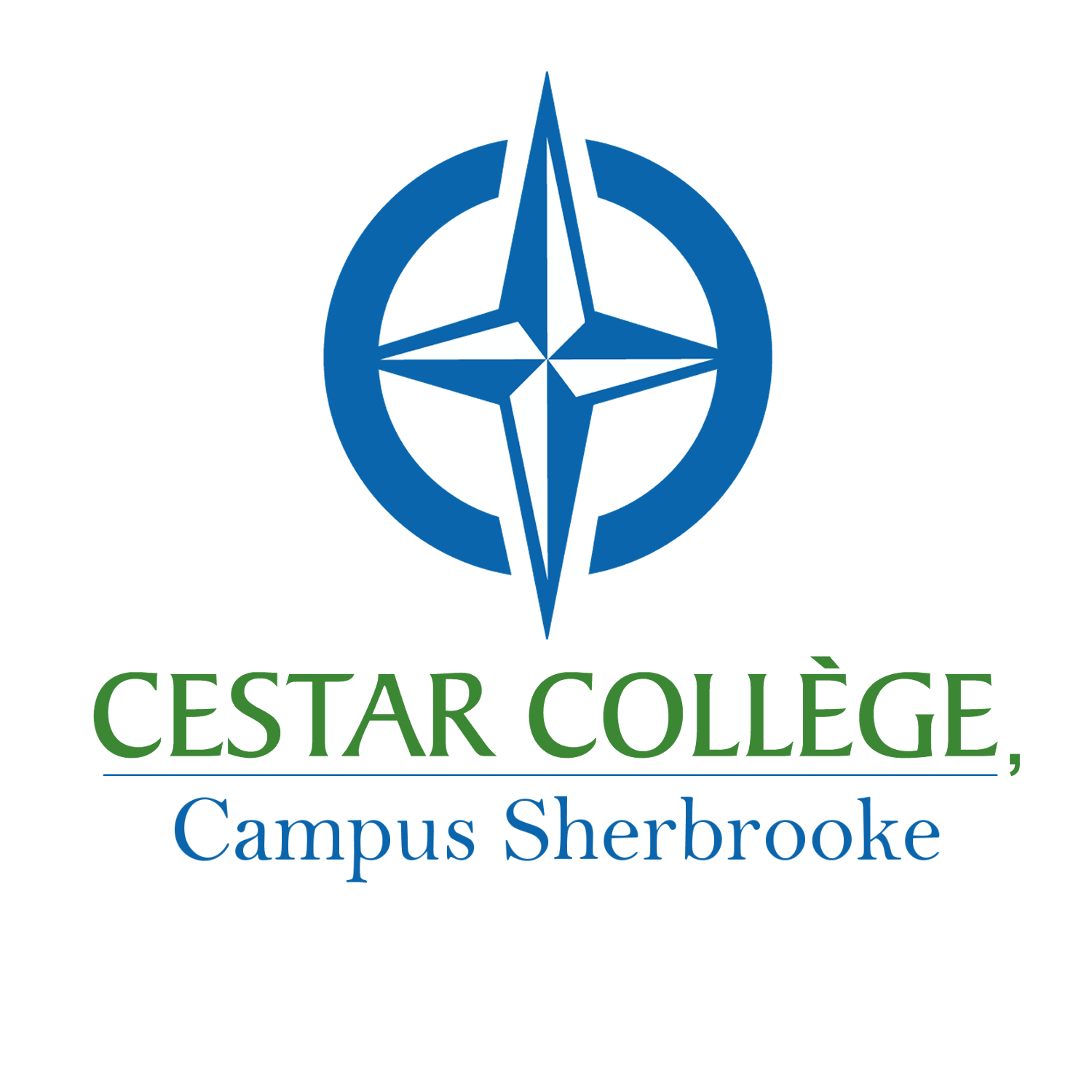CompTIA Network+ (Exam N10-008) helps develop a career in IT infrastructure by covering troubleshooting, configuration and management of networks.

CompTIA Network+ (Exam N10-008) helps develop a career in IT infrastructure by covering troubleshooting, configuration and management of networks.
The CompTIA Network+ certification validates the technical skills needed to securely establish, maintain, and troubleshoot the critical networks businesses depend on.
Unlike other vendor-specific networking certifications, CompTIA Network+ prepares candidates to support networks on any platform. CompTIA Network+ is the only certification that covers the specific skills networking professionals need. Other certifications are so general that they don't cover the practical skills and precise knowledge needed in today's networking environments.
CompTIA Network+ offers flexible training options, including self-paced learning, online training, custom training, and labs, to advance the careers of IT professionals in IT administration. networks.
What Skills Will You Acquire?
Course Prerequisites and Admission:
Course Map:
Cestar College, Campus Sherbrooke is located in the heart of downtown Sherbrooke, surrounded by cafes, trendy restaurants and unique boutiques. The classrooms on this campus have been equipped with state-of-the-art technologies to enhance and support the learning process.
Our staff strives to help each student realize their potential through a blend of interactive and traditional educational techniques. The teaching staff is committed to ensuring the success of their students.
All of our programs are designed to include an internship to give students real-world work experience in their field of study. Internships are an essential element for students to make a first impression on the job market and gain real-world experience.
Today, this campus trains nearly 500 students wishing to improve their skills and pursue a career, like the thousands of others who have done so before them!
Whether you're looking to update your skills, secure better job opportunities, change careers, or re-enter the workforce after an absence, we have the training and guidance to help you succeed and help you. flourish
Our Advantages
Cestar College, Sherbrooke Campus instructors are highly trained and professionally certified, with years of teaching and industry experience under their belts. During the program, these qualified instructors will work closely with students, imparting their vast knowledge and guiding them on their journey to success and excellence.
Concrete and practical training
At Cestar College, Sherbrooke Campus, we offer hands-on, hands-on training in all of our programs. The course curriculum and teaching methods ensure that students learn the right methods, in the right way and at the right time. Courses, assignments and in-class exercises are all designed to help students gain a deep understanding of the inner workings of the industry they are getting into, giving them a definite edge over their competition!
Our Career Management and Placement Assistance teams are highly experienced and knowledgeable about industry events and emerging opportunities. We have an extensive network of connections with key decision makers from well-established and reputable organizations in various industries. These professionals will be available to you throughout your program and beyond to help you secure the job you aspire to in your chosen field.
City of Sherbrooke
The city of Sherbrooke, known as the heart of the Eastern Townships, is located in the southern part of the province of Quebec. Sherbrooke is a very active student city and has the highest concentration of students in Quebec. It is home to 7 universities, offering nearly 100 study programs and training more than 40,000 students each year.
The Sherbrooke region is surrounded by mountains, lakes and many other tourist attractions, making it a bustling and lively city all year round. The presence of high-quality education options, combined with the proximity to the city of Montreal, has made Sherbrooke a popular destination for students from all over the world!
© 2025 coursetakers.com All Rights Reserved. Terms and Conditions of use | Privacy Policy